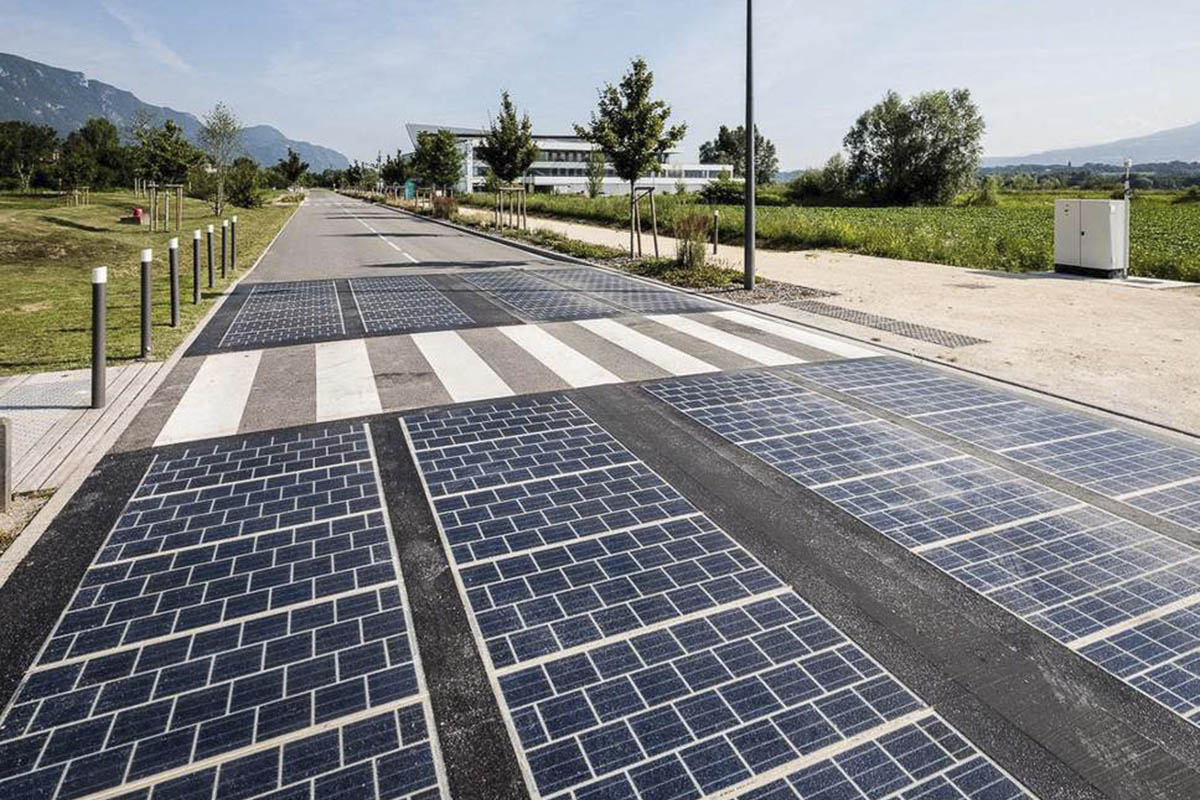Solar highway panels are the product of thinking outside of the box and breaking intellectual boundaries. Photovoltaic cells, another name for solar panels, are ubiquitous. They reduce the cost of electricity when used on rooftops.
Not only are they placed on the rooftop of houses, but they are also used to supply power for cars.
Studies have shown that electricity sufficient to power a city can be absorbed from the sun if enough solar panels are arranged over a large expanse of land. Consequently, this will immediately put an end to our energy crisis.
To put this into practice, solar highway panels were developed, where roads are constructed out of solar panels. Each of these panels consists of three layers. The first layer is a durable glass that provides friction for vehicular movement, followed by solar cells carefully arranged to gather energy and a final layer to disseminate it.
Also, solar highway panels have solar-powered LED light that can function as warning signs for the road. Although solar highway panels are a solution to the energy crisis, they are not without challenges.
One of the complaints is that the glass layer does not provide the same friction that drivers experience with the normal roads. Another problem is that any slight interference with the surface of the solar panels reduces its effectiveness. It is also more prone to wear and tear than regular roads.
Even with these problems, the future of solar panel highways still seems promising.





